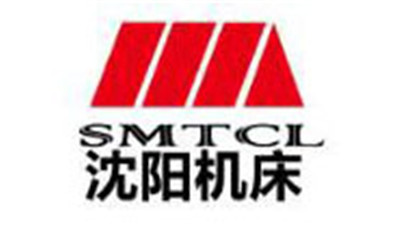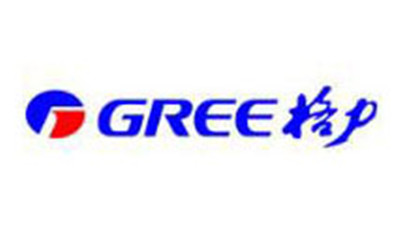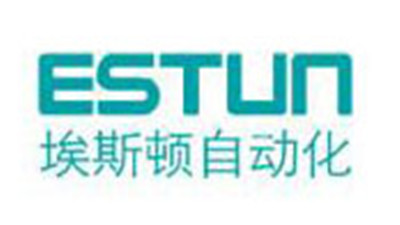There are correspondingtechnical requirements for different types of transformers, which can be expressed by corresponding technical parameters. For example, the main technical parameters of power transformer include: rated power, rated voltage and voltage ratio, rated frequency, working temperature grade, temperature rise, voltage regulation rate, insulation performance and moisture resistance. For general low-frequency transformers, the main technical parameters are: transformation ratio, frequency characteristics, nonlinear distortion, magnetic shielding and electrostatic shielding, efficiency, etc.
The main parameters of transformer include voltage ratio, frequency characteristics, rated power and efficiency.
(1) Voltage ration
The relationship between the voltage ratio n of the transformer and the turns and voltage of the primary and secondary windings is as follows: n=V1/V2=N1/N2 where N1 is the primary (primary) winding of the transformer, N2 is the secondary (secondary) winding, V1 is the voltage at both ends of the primary winding, and V2 is the voltage at both ends of the secondary winding. The voltage ratio n of the step-up transformer is less than 1, the voltage ratio n of the step-down transformer is greater than 1, and the voltage ratio of the isolation transformer is equal to 1.
(2) Rated power P This parameter is generally used for power transformers. It refers to the output power when the power transformer can work for a long time without exceeding the specified temperature under the specified working frequency and voltage. The rated power of transformer is related to the sectional area of iron core, diameter of enamelled wire, etc. The transformer has large iron core section area, thick enamelled wire diameter and large output power.
(3) Frequency characteristic Frequency characteristic refers to that the transformer has a certain operating frequency range, and transformers with different operating frequency ranges cannot be interchanged. When the transformer works beyond its frequency range, the temperature will rise or the transformer will not work normally.
(4) Efficiency refers to the ratio of output power and input power of transformer at rated load. This value is proportional to the output power of the transformer, that is, the greater the output power of the transformer, the higher the efficiency; The smaller the output power of the transformer, the lower the efficiency. The efficiency value of transformer is generally between 60% and 100%.
At rated power, the ratio of output power and input power of transformer is called transformer efficiency, namely
η= x100%
Where η Is the efficiency of the transformer; P1 is the input power and P2 is the output power.
When the output power P2 of the transformer is equal to the input power P1, the efficiency η Equal to 100%, the transformer will not produce any loss. But in fact, there is no such transformer. When the transformer transmits electric energy, it always produces losses, which mainly include copper loss and iron loss.
Copper loss refers to the loss caused by the coil resistance of transformer. When the current is heated through the coil resistance, part of the electrical energy will be converted into heat energy and lost. As the coil is generally wound by insulated copper wire, it is called copper loss.
The iron loss of transformer includes two aspects. One is hysteresis loss. When the AC current passes through the transformer, the direction and size of the magnetic line of force passing through the silicon steel sheet of the transformer will change accordingly, causing the molecules inside the silicon steel sheet to rub against each other and release heat energy, thus losing part of the electrical energy, which is called hysteresis loss. The other is eddy current loss, when the transformer is working. There is a magnetic line of force passing through the iron core, and the induced current will be generated on the plane perpendicular to the magnetic line of force. Since this current forms a closed loop and circulates in a whirlpool shape, it is called eddy current. The existence of eddy current makes the iron core heat up and consumes energy, which is called eddy current loss.
The efficiency of the transformer is closely related to the power level of the transformer. Generally, the larger the power is, the smaller the loss and output power are, and the higher the efficiency is. On the contrary, the smaller the power, the lower the efficiency.
Post time: Dec-07-2022
















